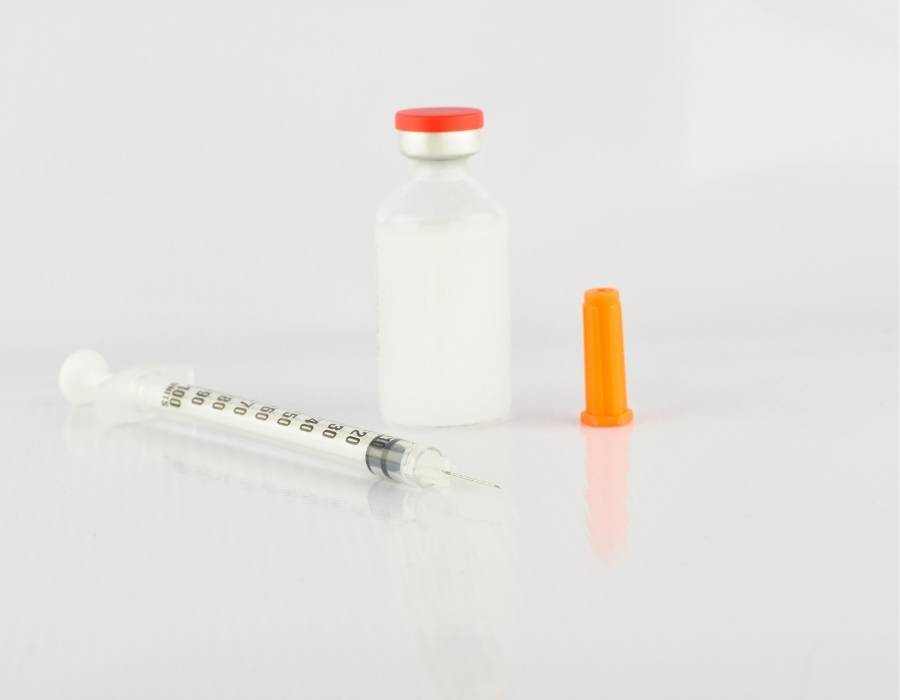What You Need to Know About Tirzepatide
Tirzepatide functions as a novel dual GIP/GLP-1 receptor agonist, delivering exceptional therapeutic outcomes for metabolic health management. Through its unique mechanism of action, it demonstrates superior efficacy in treating type 2 diabetes and obesity. The medication is administered via subcutaneous injection following a progressive dosing protocol. While gastrointestinal side effects may occur initially, proper management strategies can optimize therapeutic benefits. Understanding its extensive clinical profile reveals why tirzepatide represents a significant advancement in metabolic disorder treatment.
About This Breakthrough Medication
Tirzepatide represents a significant advancement in metabolic health management, offering a novel therapeutic approach for multiple conditions. This groundbreaking medication demonstrates remarkable efficacy in treating type 2 diabetes, obesity, and obstructive sleep apnea (OSA), marking it as a versatile therapeutic agent in metabolic medicine.
Administered via weekly subcutaneous injection, tirzepatide functions through a progressive dosing protocol. The medication exhibits promising results in OSA management, potentially eliminating the need for CPAP therapy in some patients while simultaneously improving cardiovascular risk factors.
How Tirzepatide Works

The mechanism of action underlying tirzepatide’s therapeutic efficacy centers on its unique dual agonist activity at both GIP and GLP-1 receptors, with preferential binding to GIP receptors. Through biased agonism favoring cAMP generation over β-arrestin recruitment, tirzepatide enhances insulin secretion and modulates glycemic control.
This novel agent exerts multiple physiological effects, including stimulation of glucose-dependent insulin secretion, suppression of glucagon release, and enhancement of insulin sensitivity. The medication’s impact extends beyond glycemic regulation, incorporating significant metabolic effects through increased adiponectin production and improved lipid metabolism. The broad therapeutic benefits have led to its approval for multiple indications, including type 2 diabetes, obesity, and obstructive sleep apnea.
The drug’s molecular structure includes a C20 fatty diacid moiety conjugation, enabling albumin binding and facilitating a once-weekly subcutaneous administration schedule. This pharmacokinetic profile supports sustained therapeutic effects while maintaining patient convenience.
Benefits for Health
Through extensive clinical investigation, significant therapeutic benefits of tirzepatide have emerged across multiple health domains, encompassing glycemic control, cardiovascular function, weight management, and systemic metabolic health.
As a dual GIP-GLP-1 agonist, tirzepatide offers a comprehensive approach to metabolic regulation. Data demonstrates remarkable glycemic control with HbA1c reductions of -2.34% at 15 mg/week, while simultaneously reducing type 2 diabetes risk by 94% in pre-diabetic individuals. Cardiovascular benefits include decreased risk of major adverse events and improved triglyceride clearance. Weight management outcomes are particularly notable, achieving up to 22.9% body weight reduction at 15 mg dosage, with 89.5% of patients maintaining at least 80% of initial weight loss.
Additional systemic benefits encompass reduced inflammation, enhanced liver function through decreased enzymes and fat content, improved digestive health, and potential neuroprotective effects through reduced neuroinflammation.
Taking Your Weekly Dose
Successfully administering weekly tirzepatide injections requires adherence to a precise dosing schedule and standardized administration protocol. Initial dosing begins at 2.5 mg weekly for 4 weeks, with subsequent 2.5 mg increments every 4 weeks until reaching the supreme therapeutic dose, not exceeding 15 mg weekly.
Subcutaneous administration can occur in the abdomen, thigh, or upper arm, with site rotation recommended to minimize tissue reactions. Consistent weekly timing is indispensable, with missed doses administered only if 72 hours remain before the next scheduled injection. For missed doses within the 72-hour window, patients should resume their regular schedule. The dual-action medication targets GLP-1 and GIP receptors to effectively control blood sugar and reduce appetite.
The medication requires proper storage and handling procedures. When using prefilled pens or vials, rigorous adherence to preparation guidelines guarantees excellent drug delivery and therapeutic efficacy.
Managing Potential Side Effects
While tirzepatide demonstrates significant therapeutic benefits, patients must vigilantly monitor and manage its potential side effects to guarantee favorable treatment results. Common gastrointestinal manifestations include nausea (affecting up to 18% of patients), vomiting, diarrhea, constipation, and abdominal discomfort. Implementation of strategic dietary modifications, such as consuming smaller, frequent meals and maintaining adequate hydration, can help mitigate these effects.
Critical monitoring is essential for serious adverse reactions, including pancreatitis, acute kidney injury, hypoglycemia, and diabetic retinopathy complications. Patients should immediately report symptoms of allergic reactions, such as urticaria or dyspnea, along with indicators of thyroid abnormalities or visual disturbances. Healthcare providers may recommend over-the-counter antacids for symptomatic relief of gastrointestinal side effects while maintaining close clinical surveillance. Regular monitoring is particularly important since tirzepatide requires dose adjustments every 4 weeks until reaching the maintenance dose.
A Game-Changer in Metabolic Medicine

Tirzepatide represents a significant advancement in metabolic medicine, combining GIP and GLP-1 receptor agonism to revolutionize diabetes and obesity management. While gastrointestinal adverse events warrant monitoring, the therapeutic potential of this dual-action medication establishes a new paradigm in metabolic therapeutics, warranting continued investigation of its long-term cardiovascular and metabolic benefits.




